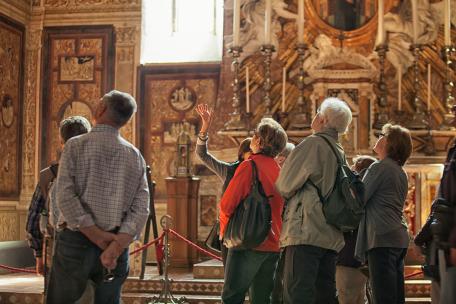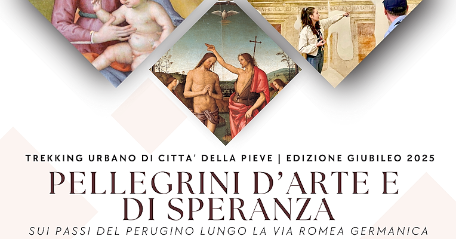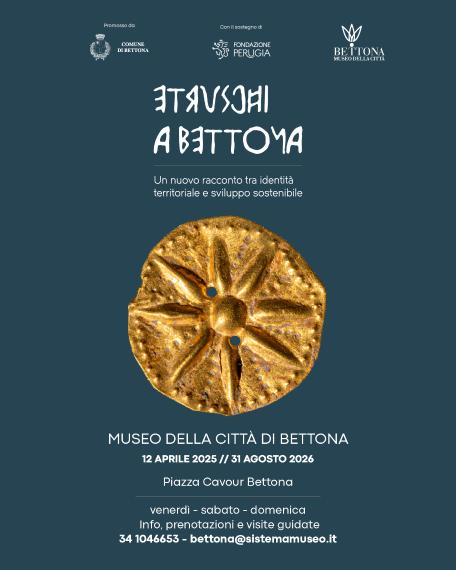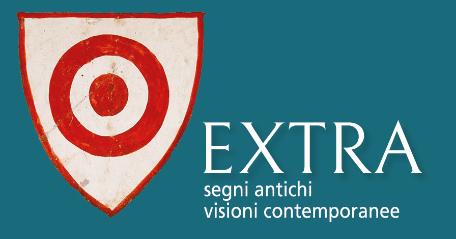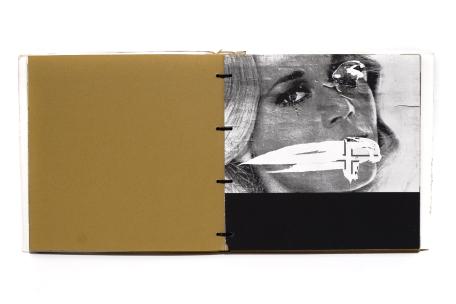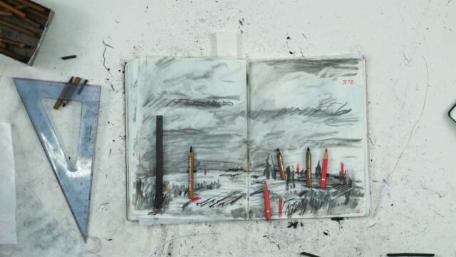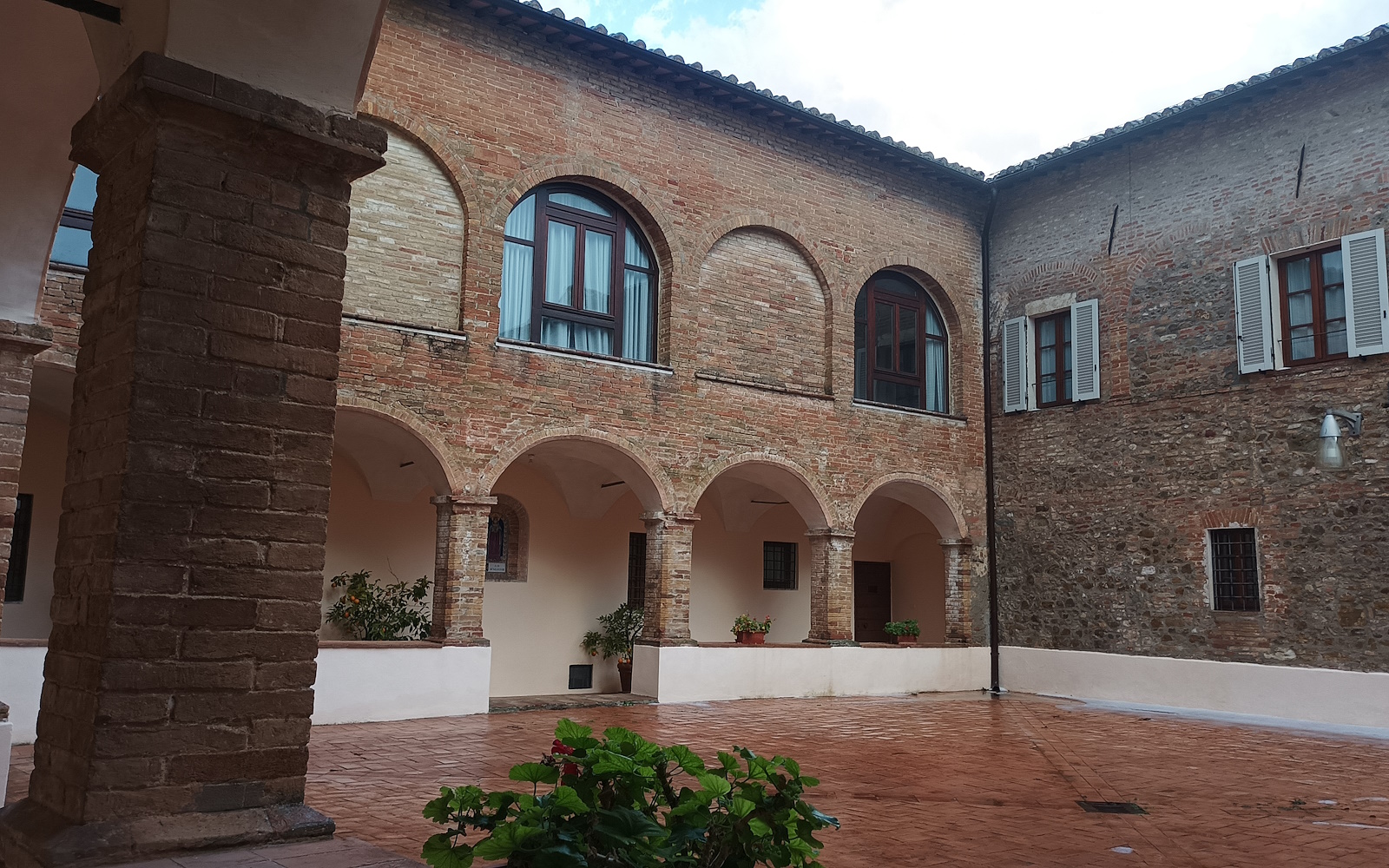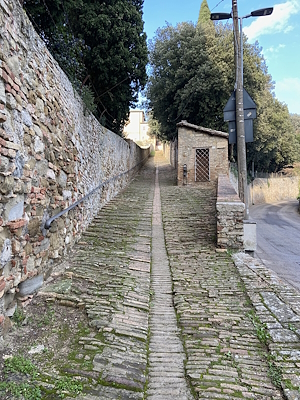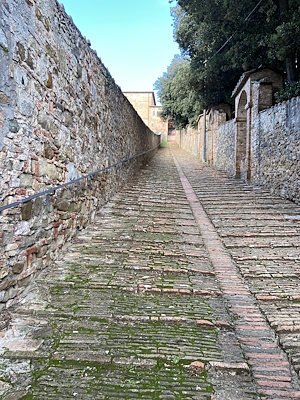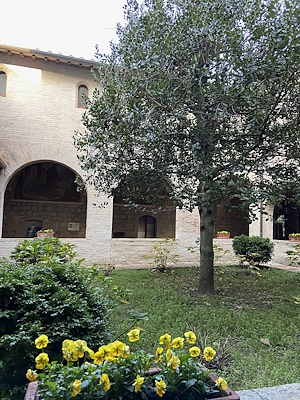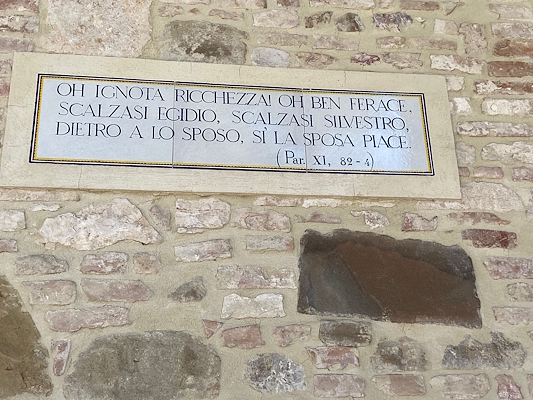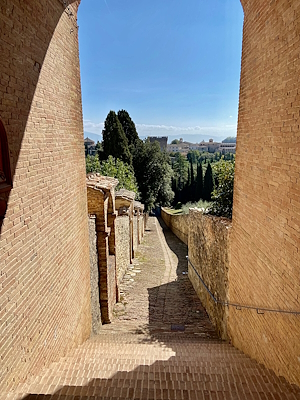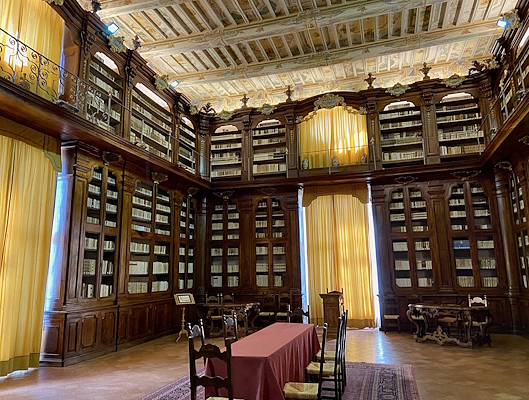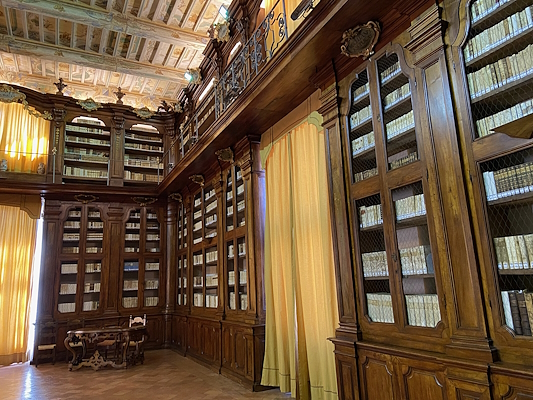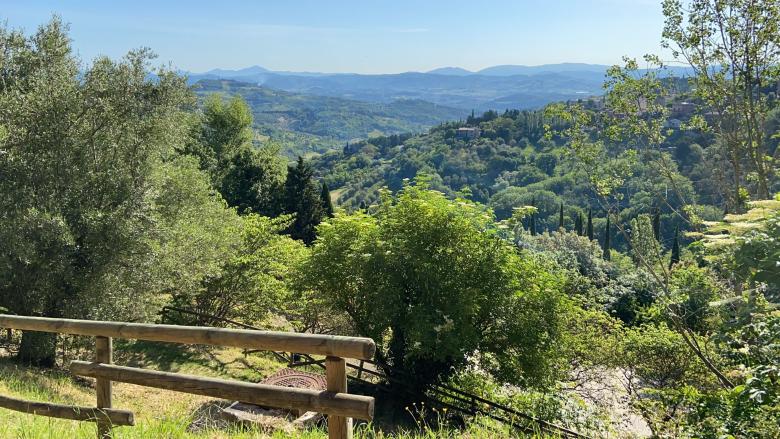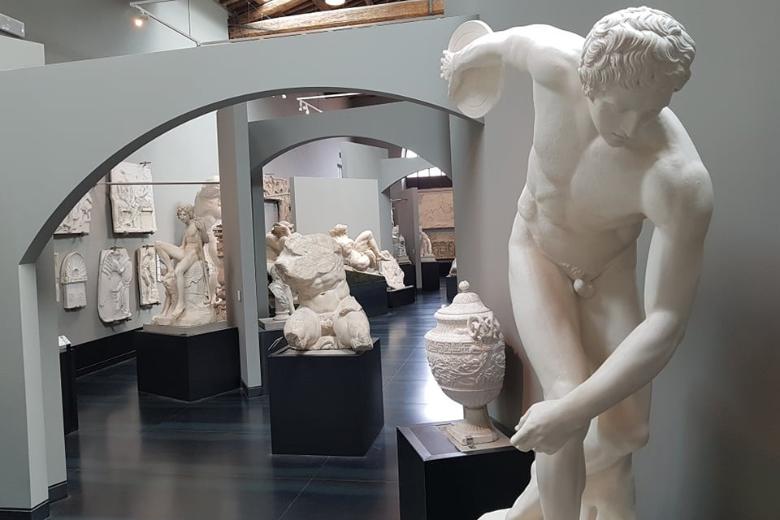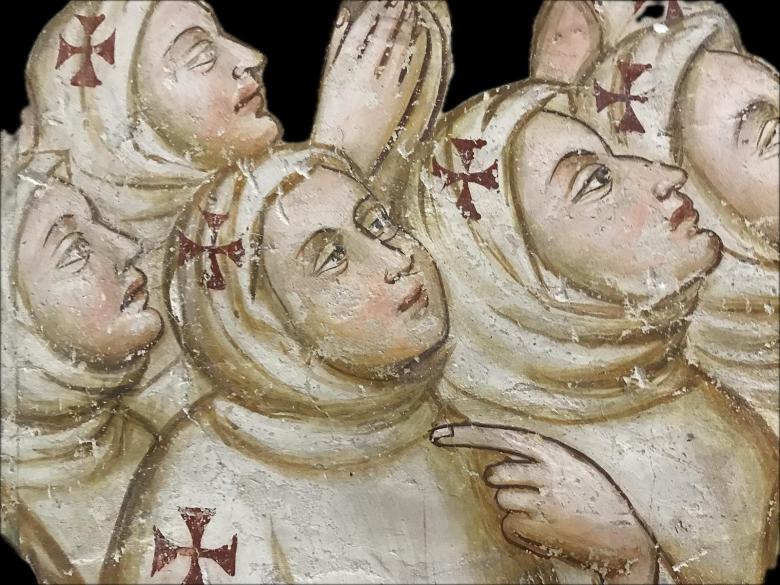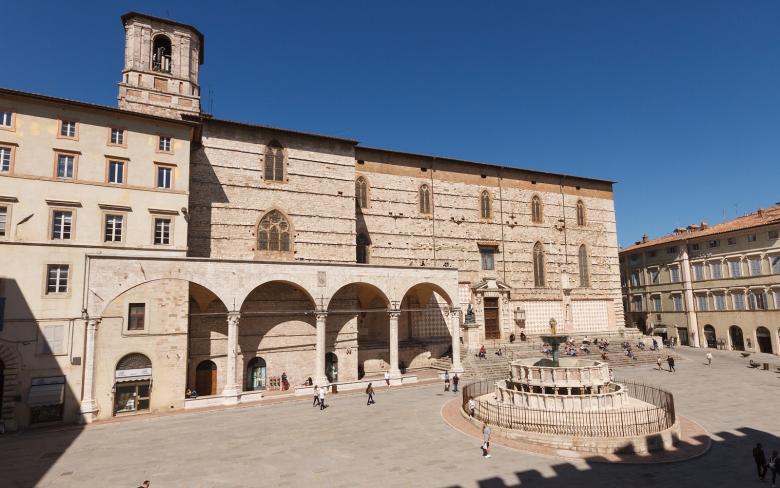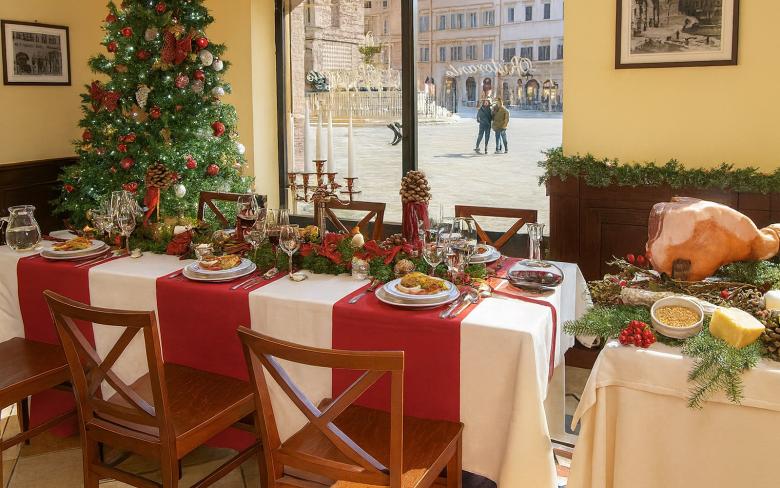The Convent and Church of San Francesco di Monteripido
Nestled in nature on a hill overlooking most of the city of Perugia, the complex of San Francesco al Monte is an oasis of beauty and Franciscan spirituality.
The settlement is linked to the figure of Blessed Giles (1190-1262), the third companion of Francis: “Scalzasi Egidio, scalzasi Silvestro/ dietro a lo sposo, sì la sposa piace” (Dante, Paradiso, Canto XI, 83-84). Giles was from Assisi, illiterate but endowed with the popular wisdom perfectly expressed in the “Dicta”, the advice or sayings collected after his death. In 1229, he arrived in this rugged and wooded area with other friars. He received land as a gift from Giacomo di Bonconte Coppoli, on which an oratory, a house, and other service facilities were built. In 1379, the site was granted to the reformed friars of Blessed Paoluccio Trinci, and from then on, it became a crucial centre of Franciscan spirituality. Among those who stayed here were the preacher Giacomo della Marca, the jurist and preacher Friar Giovanni da Capestrano, Saint Bernardino of Siena—who established the Studium generale of the order here in 1440—and Friar Barnaba Manassei da Terni, the founder of the Monti di Pietà. Following the Napoleonic suppressions (1810) and those after the formation of the Kingdom of Italy (1860), the church and convent were repurposed for military and private use.
In 1874, the friars, disguised in civilian clothes, repurchased the complex at auction, and it was once again inhabited by a Franciscan community.
Today, the ancient convent houses the Casa di Accoglienza di Monteripido (Monteripido Hospitality House), managed by the Friars Minor, with a hotel, a residence for university students, conference rooms, and spaces for spiritual retreats. Walking up the steep climb adorned with eleven niches of the Via Crucis, built between 1633 and 1636 and now housing the terracotta bas-reliefs by Perugian artist Fortunato Vatti, visitors can explore the church, the Oratory of Blessed Giles, the cloisters, the splendid 18th-century library, and the “Diego Donati” art gallery, which displays over 200 graphic works by this Franciscan engraver.
The church
The current church dates back to 1858. Incorporated into the left side of the sacred building is the Oratory of the Immaculate Virgin, designed by Perugian architect Orazio Alessi in the 16th century. Of the late Gothic building, which was the result of restorations of the medieval structure around 1448, only the beautiful apse, the choir, the sacristy, the Chapel of Saint Francis, part of the Chapel of the Immaculate, and the Chapel of San Pasquale—currently inaccessible—remain. Over time, the conventual church became a true treasure trove of artwork. Among the pieces once kept here were the Monteripido Opistograph Altarpiece by Pietro Perugino and the fresco by Lo Spagna depicting Saint Francis Receiving the Stigmata, both now housed at the National Gallery of Umbria










